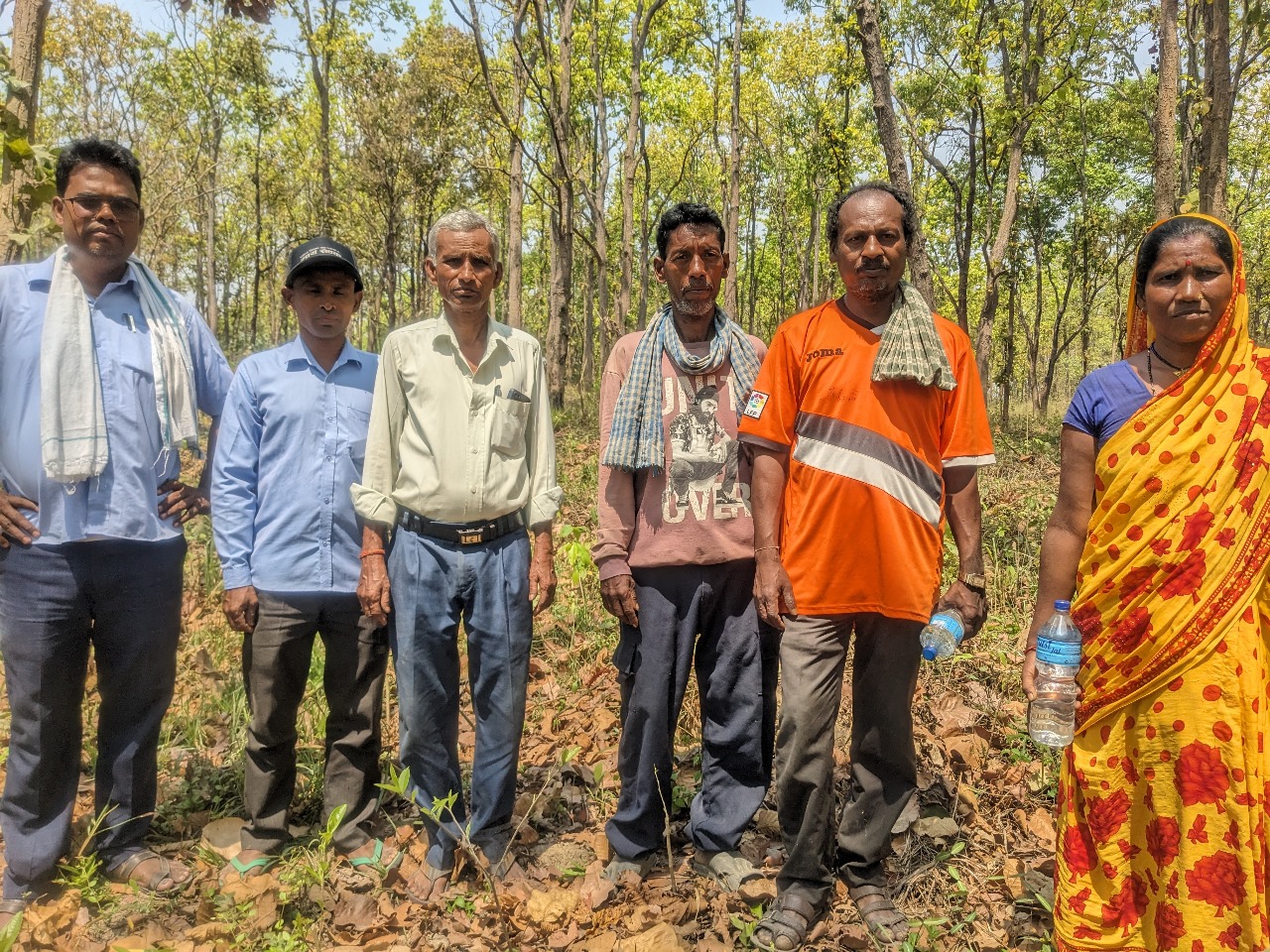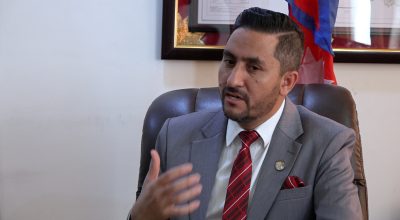
Kathmandu, July 1: Building a Resilient Churia Region in Nepal (BRCRN) has implemented Assisted Natural Regeneration (ANR) program in 786 hectares of forests in the Chure region.
The project has helped clear thorny bushes and invasive species that hinder the natural regeneration of trees in these areas. These activities are aimed at increasing the climate resilience of the vulnerable Chure region.
Case Study: Assisted Natural Regeneration in Koiralo Khola Community Forest, Lahan Koiralo Khola Community Forest in Lahan of Siraha looks scenic and beautiful today. The forest lies beside a large pond called Hattidaha or Elephant pond, and a small park where wild animals and birds sometimes wander in. The forest itself looks airy and spacious because the thorny bushes have been removed and little saplings of Sal (Shorea Robusta) have begun to shoot up beneath the larger trees. Together, the forest, pond and park offer a cool respite from the heat of the Tarai.
This ancient forest of South Asian hardwood was not always so idyllic. In the 1980s, the forest had depleted so much that it was virtually denuded. After conservation efforts 30 years ago, the forest had regrown, but in recent years it was infested with thorny bushes and creepers.
Recently, with the intervention of BRCRN (Building a Resilient Churia Region in Nepal), 52 hectares of the forest was cleared of thorny bushes and creepers, leading to fresh new saplings shooting up. “Young trees had not been able to grow in his forest because of the bushes. But now, we see that many young saplings have come up. We are hopeful that the forest will grow more dense now,” says Rudra Narayan Chaudhary, president of the Koiralo Khola Community Forest User Group (CFUG).
One of the aims of BRCRN is to assist the natural regeneration of forests in 12,792 hectares of forests in the Churia region. In the Churia region, forests have been depleted due to over harvesting of trees for timber and firewood, excessive grazing and uncontrolled forest fire. Encroachment of forests for farming and settlement is one of the causes of deforestation. Problems like thorny bushes, creepers and invasive species plague many of these forests.
Dhani Lal Chaudhary of the Koiralo Khola CFUG shows a giant creeper growing around a large Sal tree. “This is Amarlati (Giant Dodder),” says Dhani Lal. “It stores a large amount of water, depriving the tree of moisture. Gradually, it wraps around the tree and kills it. Without the creeper, the tree would have expanded and been wider.” Where the creeper has been cut down, there are deep grooves in the Sal tree, showing how tightly the creeper had wrapped around the tree.
With the help of BRCRN, some of the jungle has been cleared of these creepers are thorny bushes which made it impossible for people to walk inside the forest. The clearing of the forest aids in the natural regeneration of the forest, because Sal trees regenerate naturally, and efforts to plant them through seeds are often not successful.
“The viability of Sal seeds is very short. In normal situation, the seeds germinate within four to five days. After that, they wither and die. Hence, natural regeneration is vital for Sal forests, and we assist in the regeneration by removing the factors that obstruct them,” says Neeraj Dahal, forester at BRCRN.
The community, which depends on the forest for valuable resources, is enthusiastic about the forest cleaning and eventual regeneration of the forest. 117 households are part of the Koiralo Khola Community Forest User Group (CFUG), and depend on the forest for fodder and fuel.
Sajan Devi Saday, a member of the executive committee of the CFUG, is one of them. She has a family of six, and she supports her family by farming and keeping six goats.
She comes to the Koiralo community forest twice a week to collect grass for her goats, and once a week to collect firewood that she cooks with. “Now that the forest is cleared, it is easier for me to get fodder for my goats and firewood for cooking,” says Sajan Devi. “This forest is my only source of cooking fuel, and I am happy that my access to the forest is easier now. I hope that the new saplings will grow into healthy trees which will be a great resource to the community.”
Till the end of June 2024, BRCRN has implemented ANR (Assisted Natural Regeneration) in 786 hectares of forests, encompassing more than 30 Forest User Groups (FUGs) of Chure.
Regeneration work is ongoing in 323 more hectares of forests linked with 21 FUGs. BRCRN’s work in Assisted Natural Regeneration is not only helping forests to grow, but also assisting local communities gain better access to the resources.












